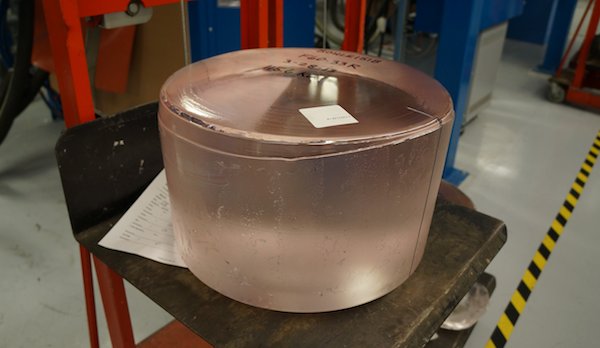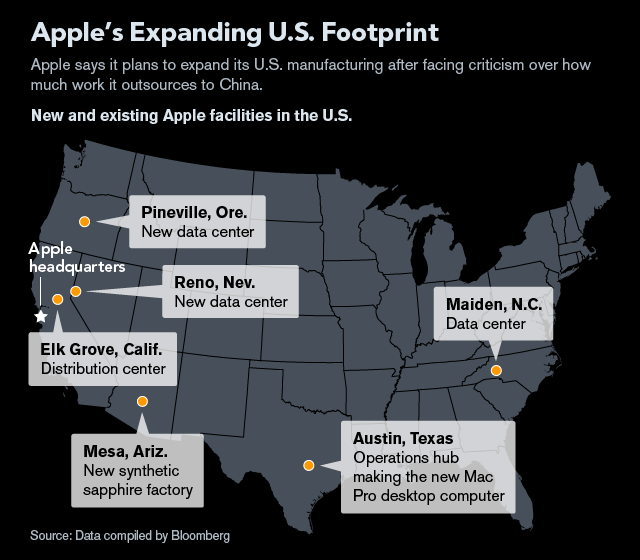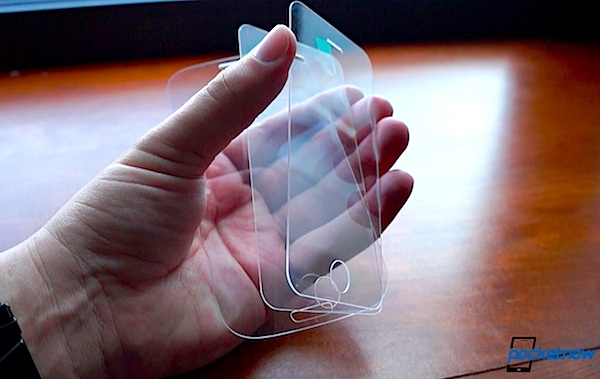Apple last week began moving sophisticated equipment and furnaces into its new manufacturing facility in Mesa, Arizona. The plant, operated by a company called GT Advanced, should produce two times the current worldwide capacity of sapphire, enough for an annual production of about 100 million iPhones with a sapphire-protected cover glass.
But how exactly did State of Arizona attract Apple to build the plant in Mesa and create more than 700 high-quality jobs in the first year, and 4,000 more if successful? With the right package of incentives, perks and tax breaks, that’s how…
Bloomberg takes a look at how the suburb’s mayor lured Apple with tax breaks and incentives to land the deal for the city of Mesa, a Phoenix suburb:
So last year, when Apple was searching for a place to house a factory that makes a stronger glass for its gadgets, Mesa pulled out the stops.
The city, which was ravaged by the 2007 housing crash, offered tax breaks, built power lines, fast-tracked building permits and got the state to declare a vacant 1.3 million-square-foot facility that Apple was exploring a foreign trade zone.
With unemployment high, such are the lengths that towns are willing to go to to lure the world’s most valuable company.
The officials expedited construction permits and agreed to additional concessions such as a $10 million grant from the state and tasking Mesa’s energy firm to build solar farm and a power substation for the plant, to mention a few.
Here’s another excerpt:
Time was of the essence since Arizona had lost out on the previous Apple facility to Texas less than two years earlier and was nervous others might trump its bid. Officials typically had just a few days to respond to Apple’s questions, [Mesa mayor Scott] Smith said.
One sticking point: power. Apple wanted the facility to use 100 percent renewable energy and negotiated with the state and local power company, Salt River Project, about how to make that happen. New solar and geothermal projects are being built because of the project. Apple also got officials to agree to construct a new power substation for the plant.
Eric Virey, an analyst with Yole Developpement, a research firm that studies the market, said the facility will make an “unprecedented” amount of synthetic sapphire.
“When it’s operating at full capacity, this plant is going to be producing as much as two times the current worldwide capacity,” he said.
That should be enough for about a hundred million iPhones a year.
Apple paid $578 million to GT Advanced to buy advanced furnaces, depicted top of post, which the company will pay back to Apple over five years beginning in 2015. In turn, Apple gets a multi-year exclusive agreement which doesn’t guarantee volumes, though GT is required to maintain a minimum level of capacity.
Manufacturing sapphire layers requires highly-trained workforce.
Conveniently, Apple recently started hiring engineers for the plant.
Should Apple chose to apply sapphire across the next iPhone’s display, it’s unlikely to replace the traditional cover glass completely. Instead, the company could apply a laminate layer over the cover glass to make the screen prone to scratches and dings and virtually unbreakable.
Apple has a patent on a ‘Sapphire Laminates’ manufacturing technology that makes sapphire a viable option for the mass production of consumer electronics. Basically, the patent describes the lamination of sapphire sheets and sapphire-on-sapphire or sapphire-on-glass applications.
The process results in the final sapphire laminate layer that’s under 1mm thick, making it easy to bond to glass.


